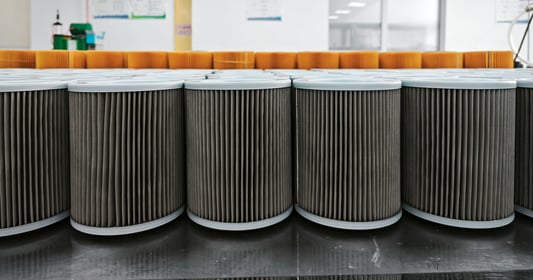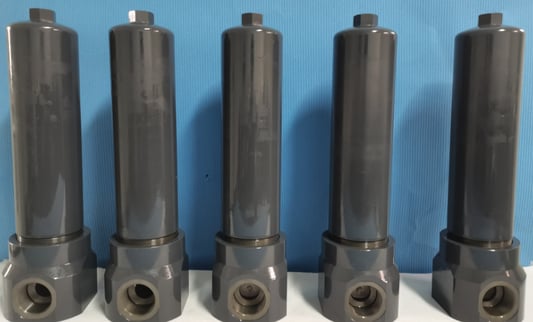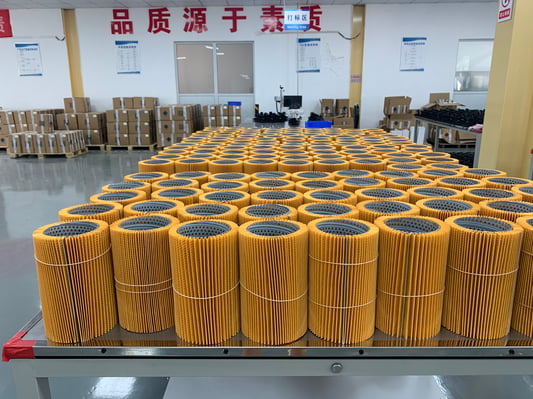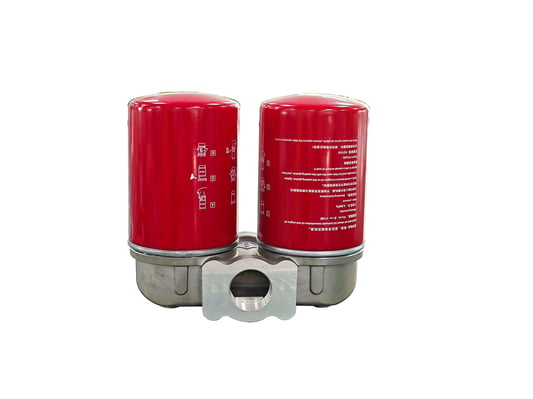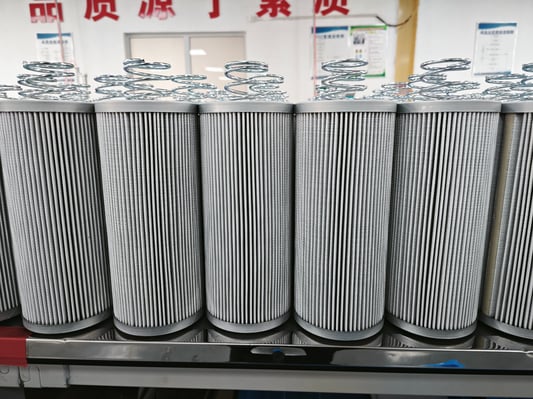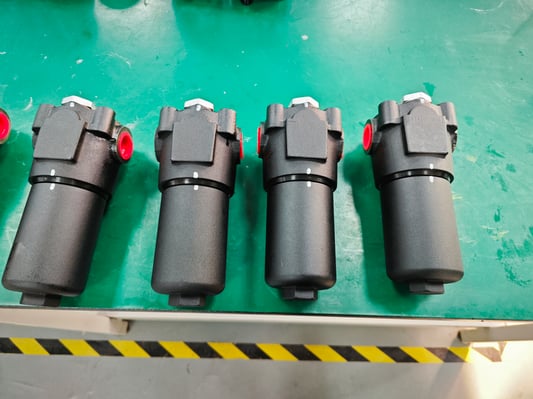High pressure water filters are designed to remove contaminants from water under pressure, ensuring clean and safe drinking water. Here are some key characteristics of high-pressure water filters:1. DurabilityMaterial Quality: High-pressure water filters are typically made from robust materials such as stainless steel or heavy-duty plastics to withstand high pressure without breaking or deforming.Sealing Mechanisms: They feature reliable sealing mechanisms to prevent leaks and ensure efficient filtration even under high pressure.2. Efficient FiltrationMulti-Stage Filtration: These filters often use a multi-stage filtration process that includes sediment filters, activated carbon filters, and sometimes even UV sterilization or reverse osmosis membranes to remove a wide range of contaminants.Fine Filtration Media: The filter media used in high-pressure water filters is designed to capture particles as small as a few microns, effectively removing sediments, chlorine, heavy metals, and other impurities.3. High Flow RateDesign for High Capacity: High-pressure water filters are engineered to handle large volumes of water efficiently, making them suitable for both residential and commercial applications.Low Pressure Drop: Despite their high filtration efficiency, these filters are designed to minimize the pressure drop across the filter, ensuring that water flow remains strong even after filtration.4. Easy MaintenanceQuick Release Valves: Many high-pressure water filters come with quick-release valves or cartridges that make it easy to replace the filter media without requiring specialized tools.Indicator Systems: Some models include indicator systems that alert users when it’s time to change the filter, ensuring optimal performance and longevity.5. VersatilityMultiple Connection Types: High-pressure water filters often come with various connection types (e.g., threaded, quick-connect) to fit different plumbing setups and installation requirements.Adaptable to Different Water Sources: These filters can be used with a variety of water sources, including well water, municipal water, and rainwater harvesting systems.6. Safety FeaturesPressure Relief Valves: To prevent damage from excessive pressure buildup, many high-pressure water filters include built-in pressure relief valves.Certified Materials: The materials used in these filters are often certified to meet safety standards, ensuring that they do not leach harmful chemicals into the water.7. Advanced TechnologiesReverse Osmosis (RO): Some high-pressure water filters incorporate RO technology, which uses a semipermeable membrane to remove up to 99% of contaminants, including dissolved salts, bacteria, and viruses.UV Sterilization: UV light can be integrated into these systems to kill any remaining bacteria and viruses, providing an additional layer of protection.8. Cost EfficiencyLong Filter Life: High-quality filter media and efficient design mean that these filters often have a longer lifespan compared to standard filters, reducing the frequency of replacements and overall costs.Energy Efficiency: Many high-pressure water filters are designed to operate efficiently, minimizing energy consumption during the filtration process.By incorporating these characteristics, high-pressure water filters provide effective, reliable, and long-lasting solutions for ensuring clean and safe drinking water in various settings.Quote Inquiry Contact us!




